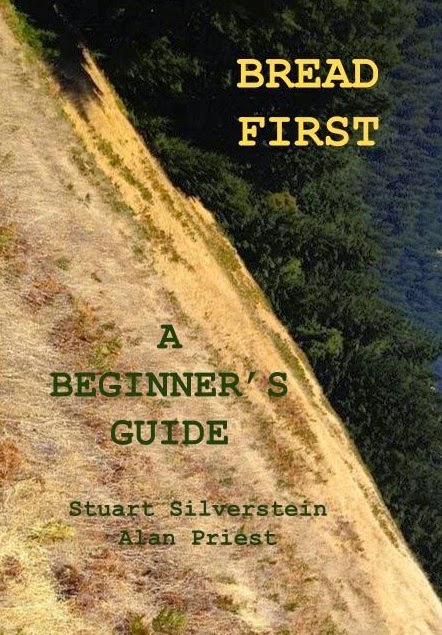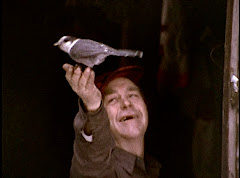Probably the most difficult procedure when making no-knead bread is getting the dough into the extremely hot cloche. Not only is it very easy to burn your hands, but it's not simple to make a direct hit with your dough onto the center of the baking surface.
After you've allowed the dough to rise for the appropriate time and you've preheated the oven, then simply gather the four corners of the paper and gently drop the dough, paper and all into your clay baker or cast iron Dutch oven.
The paper I use is oven rated to 420ºF., but I had no problem with my oven at 475ºF.
When baking outdoors in my wood-fired oven, this is not a problem because the oven is actually a huge cloche. After allowing the dough to rise in bennetons (baskets), I flip the dough onto a peel and slide the dough into the oven. Simple.
However, baking indoors in a conventional oven, is not so simple. You really don't have the space to be messing around with peels, but parchment paper can come to the rescue. Take a section of paper, line a basket, and then drop in the dough. Or, if you don't want to use a basket, then let the dough rise on the paper that sits directly on the counter.
Rising dough on parchment paper
After you've allowed the dough to rise for the appropriate time and you've preheated the oven, then simply gather the four corners of the paper and gently drop the dough, paper and all into your clay baker or cast iron Dutch oven.
The paper I use is oven rated to 420ºF., but I had no problem with my oven at 475ºF.
Baked loaf on parchment from clay flowerpot cloche
Baked loaf on parchment paper from Dutch oven
Both breads with thin crisp crusts, excellent crumb and stellar taste








